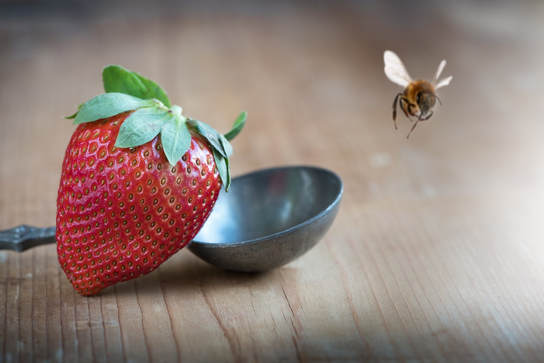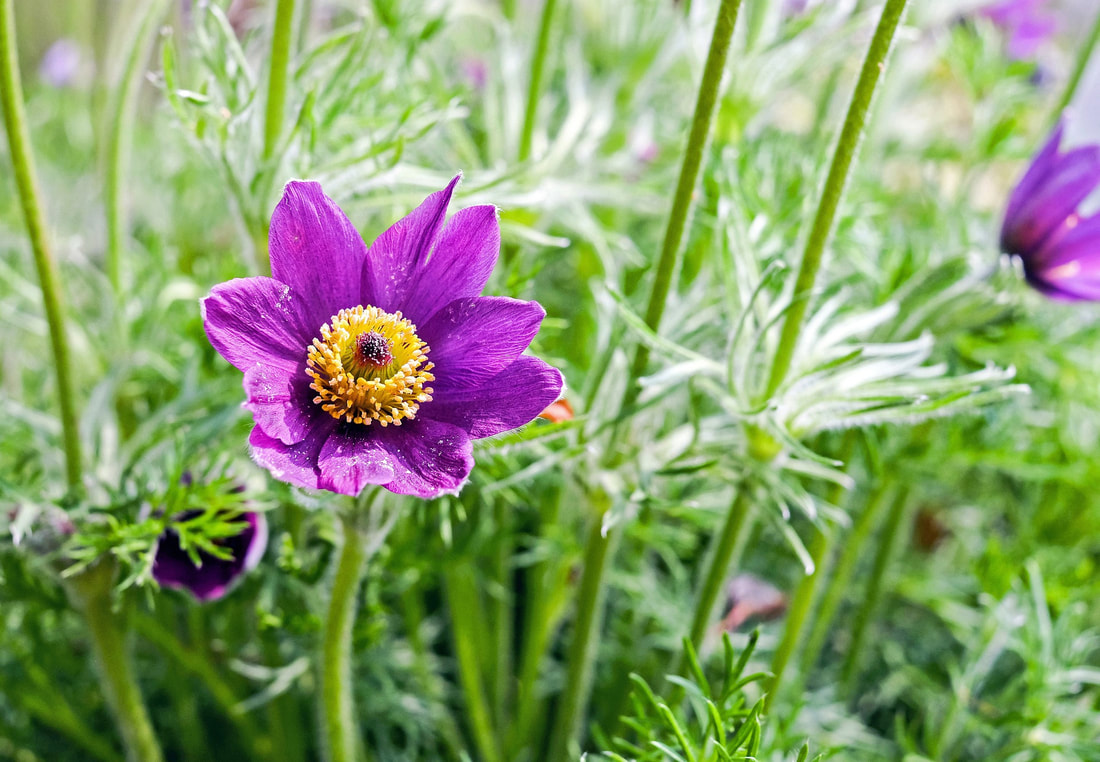Grave ImplicationsIntroductionThis past summer, it was reported that protected areas in Germany experienced a significant die off of insects over the last 27 years. What makes this unsettling is this area is a nature preserve, meaning it was protected from the use of pesticides and monocrop farming practices (Hallman, 2017, p.15-16). It is not known why this is occurring but some of the tools we use in pest and plant management might be responsible. These protected areas are rich in diversity of plants and you would expect that local insect and bee populations would thrive in this environment but this is not the case. It is estimated that in some years, the die off of insect biomass ranges as high as 75% (Hallman et al., 2017, p.14)! This has grave implications within the food chain, as insect do much work where we benefit from. It is estimated that 80% of wild plants are pollinated by insects (Ollerton, Winefree, & Tarrant, 2011, p.322) and 60% of birds rely on insects as a source of food (Morse, 1971, p.177). One group of insects that do much work in food production is the honey bee. Bee ProblemThe diversity in our food products has much to do with the service that honey bees perform in collecting nutrients and food for their colony. In the process of performing these acts they pollinate plants which allows for the further plant development. Human and bees benefit from this symbiosis, where bees gain nutrients for their colony and we get a diversity of crops but this relationship is at risk. For a number of years the sustainability of bee populations has been under continual threat by Colony Collapse Disorder (CCD). CCD is characterized as the massive loss of worker bees from a colony which cannot sustain it population (Evans, 2009, p.1). Neonicotinoid or Neonics are a class of pesticides, chemically similar to nicotine, which are highly toxic to insects, acting on their nervous system. There is much debate over the role that Neonics have in the possible cause of CCD. Health Canada is set to ban Imidacloprid this December (Booker, 2018, para. 3) and set to rule on the remaining pesticides in 2020 (Booker, 2018, para.4). Despite this, Agriculture Canada, Ducks Unlimited, and other stakeholders initiated a study which asserted that a Neonic ban is not supported by the study’s data (Booker, 2018, para.10). In opposition to this, the European Food Safety Authority has determined that a ban on these class of pesticides is needed and may vote on this ban next week (Butler, 2018, paras.1-2). Neonics persistence in the environment is in terms of decades and most concerning is that this persistence may be cumulative. Clothianidin, a Neonic, has been found to have a half life of 19 years (Wood & Goulson, 2017, p.17292) and if we stopped right this minute it would take the soil over a century to rehabilitate! What can be done?To create a haven for insect and bees, it will be necessary to stop using herbicides and pesticides in your living area. Also, if you live near a park it’s likely they are using these chemicals which are harmful to insects. We must lobby local government to stop spraying within parks and take a more environment friendly approach to plant and insect management. More closer to home, considering planting bee friendly plants around your home. Urban areas where farm pesticides are not present can make these areas a haven for these pollinators. This news report suggests the planting of the Pasque flower, common to our region and extremely bee friendly (Wilson, 2017, paras. 11-12). These are ways you can act to provide a safe and abundant way for insects and bees to continue their activities of which we benefit from. ReferencesBooker, R. (2018, March 9). Study says neonicotinoid ban not the answer. Western Producer. Retrieved from https://www.producer.com/2018/03/study-says-neonicotinoid-ban-not-answer/
Butler, D. (2018, February 28). EU expected to vote on pesticide ban after major scientific review. Nature. Retrieved from https://www.nature.com/articles/d41586-018-02639-1 Evans, J. D., Saegerman, C., Mullin, C., Haubruge, E., Nguyen, B. K., Frazier, M., ... & Tarpy, D. R. (2009). Colony collapse disorder: a descriptive study. PloS one, 4(8), e6481. Hallmann, C. A., Sorg, M., Jongejans, E., Siepel, H., Hofland, N., Schwan, H., ... & Goulson, D. (2017). More than 75 percent decline over 27 years in total flying insect biomass in protected areas. PloS one, 12(10), e0185809. Morse, D. H. (1971). The insectivorous bird as an adaptive strategy. Annual Review of Ecology and Systematics, 2(1), 177-200. Ollerton, J., Winfree, R., & Tarrant, S. (2011). How many flowering plants are pollinated by animals?. Oikos, 120(3), 321-326. Wilson, K. (2017, May 19). Planting bee-friendly gardens can help bee populations in southern Alberta. Global News. Retrieved from https://globalnews.ca/news/3466162/planting-bee-friendly-gardens-can-help-bee-populations-in-southern-alberta/ Wood, T. J., & Goulson, D. (2017). The environmental risks of neonicotinoid pesticides: a review of the evidence post 2013. Environmental Science and Pollution Research International, 24(21), 17285.
0 Comments
Leave a Reply. |
AuthorWrite something about yourself. No need to be fancy, just an overview. Archives
March 2022
Categories |


 RSS Feed
RSS Feed